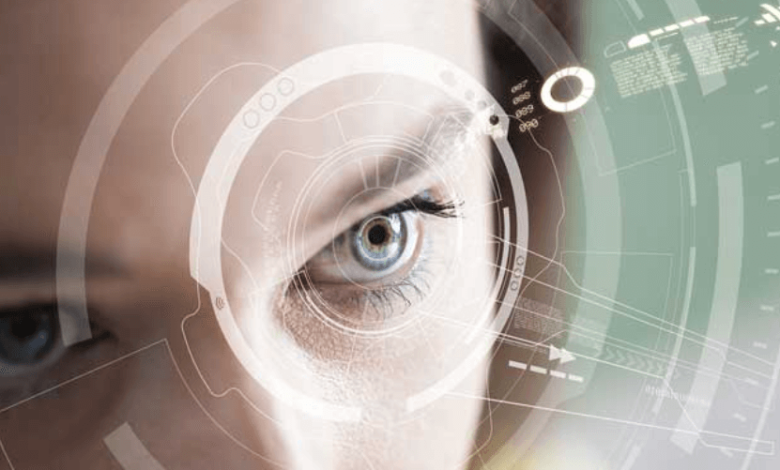The Future of Digital Identity and Authentication

The evolution of digital identity and authentication reflects ongoing technological advancements and increasing security demands. Emerging innovations such as biometric systems and decentralized protocols promise enhanced user control and privacy. However, these developments also introduce complex challenges related to interoperability, regulatory compliance, and vulnerability mitigation. As these factors intertwine, understanding how future frameworks will balance security, privacy, and usability becomes essential for stakeholders navigating this dynamic landscape.
Emerging Technologies Shaping Digital Identity
What emerging technologies are most influential in shaping the future landscape of digital identity? Biometric innovations enable secure, user-centric verification methods.
Decentralized frameworks promote autonomy by removing centralized control.
Together, these advancements foster a resilient, privacy-preserving digital environment that empowers individuals with greater control over their identity data and digital sovereignty.
See also: The Future of Digital Identity and Authentication
Overcoming Challenges in Digital Authentication
Despite advancements in digital identity technologies, significant challenges persist in ensuring secure, reliable, and user-friendly authentication processes.
Biometric vulnerabilities, such as spoofing and data breaches, highlight the need for robust safeguards.
Additionally, comprehensive user education is crucial to mitigate risks, promote informed decision-making, and empower individuals to navigate authentication systems confidently and securely.
Opportunities for Enhanced Privacy and Security
Emerging innovations in digital identity and authentication present significant opportunities to strengthen privacy protections and security frameworks. Biometric integration enhances security by enabling precise authentication.
While user consent mechanisms empower individuals to control data sharing. These advancements support a future where privacy is preserved through transparent, user-centric processes, fostering trust and fostering freedom in digital interactions.
The Role of Policy and Regulation in Future Developments
Policy and regulation will play a pivotal role in shaping the trajectory of future digital identity and authentication systems. Effective government oversight and robust legal frameworks are essential to ensure interoperability, security, and user autonomy.
Clear policies foster innovation while balancing privacy rights, enabling a secure digital environment that empowers individuals to maintain control over their identities.
Conclusion
As digital identity evolves, emerging technologies promise a landscape of enhanced security and user control, much like a well-constructed fortress safeguarding personal data. However, the path forward requires careful navigation of regulatory frameworks to balance innovation with privacy. By harmonizing technological advancements with policy, the future aims to forge a resilient, interoperable environment—an intricate dance of trust and verification that underpins seamless digital interactions and preserves individual sovereignty.




